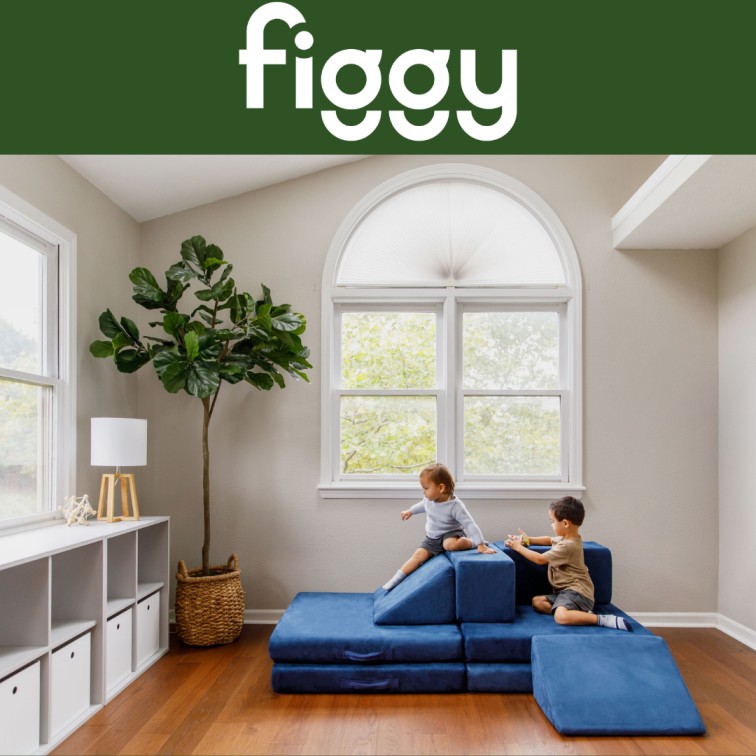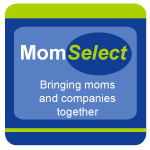Name puzzles are delightful educational tools that cater to various stages of early childhood development. Crafted with colorful pieces, often shaped to represent the letters of a child’s name, these puzzles not only engage children but also aid in enhancing key developmental skills. But what is the ideal age range for introducing a name puzzle? While these puzzles are typically designed for toddlers and preschoolers, the cognitive and motor skills they encourage can benefit children at different developmental stages. In this article, we’ll explore the advantages of name puzzles on the website https://voopuzzle.com/ and how children of varying ages can benefit from this engaging activity.
1. Benefits of Name Puzzles for Toddlers (Ages 1-2)
Age Range and Developmental Readiness
At around 1 to 2 years old, toddlers begin to explore their surroundings through touch, taste, and sight. This stage, commonly called the "sensorimotor stage," is when children develop hand-eye coordination and an understanding of object permanence. Introducing a name puzzle at this age allows toddlers to explore these essential skills through play.
Why It’s Beneficial
Fine Motor Skill Development: Name puzzles require toddlers to grasp, lift, and place individual letters, which helps strengthen their small hand muscles. These actions help develop the fine motor skills they’ll need for tasks like holding crayons or using utensils.
Hand-Eye Coordination: Placing each letter into its corresponding slot helps toddlers refine their hand-eye coordination, an essential skill for tasks as they grow older.
Cognitive Development: Even though toddlers may not understand the concept of letters or their name, seeing and handling the shapes familiarizes them with the concept of different forms fitting into specific places.
Sense of Identity: Although still developing, toddlers begin recognizing their name, especially if they hear it frequently. Seeing their name in the puzzle pieces can reinforce their sense of self, fostering a foundation of self-awareness and identity.
2. Preschoolers and Name Puzzles (Ages 3-4)
Understanding Letters and Sounds
For children ages 3 to 4, often considered the "preoperational stage," cognitive skills such as language development and symbolic thinking begin to grow rapidly. They may start recognizing letters, and some may even begin linking letters to sounds.
Why It’s Beneficial
Alphabet Recognition: Name puzzles provide a fun, hands-on way to introduce preschoolers to letters. Seeing the letters of their name repeatedly helps them learn letter recognition, which is the first step toward reading.
Phonemic Awareness: By this age, many children can start associating letters with sounds. For example, a child named "Emma" might begin to recognize the “E” sound with the letter “E” in her name. This early phonemic awareness lays a foundation for literacy.
Problem-Solving Skills: Preschoolers start understanding cause and effect, so placing letters in the correct spot becomes a simple but rewarding problem-solving exercise. This reinforces patience and perseverance, valuable skills for later learning.
Independence and Confidence: Preschoolers often enjoy completing tasks independently. Successfully solving a name puzzle without assistance boosts their confidence and encourages self-directed learning.
3. Kindergarten Age and Name Puzzles (Ages 5-6)
Moving Toward Literacy and Expanded Vocabulary
In kindergarten, children typically begin to understand the concept of words and that letters form words. A name puzzle reinforces letter recognition and helps children understand that each letter in their name has a specific order.
Why It’s Beneficial
Spelling and Order: By this age, children can recognize their name in written form. A name puzzle reinforces the order of letters, helping children understand that letters must be arranged in a particular sequence to create words.
Word Formation Skills: Recognizing their name as a word, rather than just individual letters, helps children begin to see how letters come together to form words. This connection fosters an understanding of basic spelling concepts, which is foundational for reading.
Memory Skills: Repetition aids memory. By repeatedly fitting letters in their name puzzle, children practice and reinforce their memory skills, which can help with learning other words and names.
Pre-Reading Skills: Recognizing their name and letters gives children an early advantage in reading. By understanding that each letter has meaning, they’re better prepared for reading and recognizing other familiar words.
4. Name Puzzles for Early Elementary Students (Ages 6-7)
Expanding on Literacy Skills
By the time children reach early elementary age, they’ve likely begun formal education in reading and writing. While name puzzles may seem too basic for this age, they can still be a valuable tool to reinforce spelling and reading confidence.
Why It’s Beneficial
Spelling Reinforcement: As children start reading and spelling longer words, they often skip or misplace letters. A name puzzle provides a fun way to reinforce correct spelling, particularly if they struggle with recognizing common letter patterns.
Word Games and Expanded Vocabulary: Name puzzles can evolve to include additional elements. For instance, a child’s name can become part of a larger puzzle, where they arrange letters to spell other simple words. This encourages creativity and problem-solving.
Social Learning and Ownership: Having a personalized name puzzle can be a source of pride and ownership. Early elementary children often enjoy showing off their name and using it in art projects or games, helping them become more confident in a classroom or social setting.
Learning Extensions: At this stage, teachers or parents can use name puzzles as a stepping-stone to activities that involve spelling friends' names, family names, or even short sentences. For instance, a child might rearrange their name letters to form new, fun words, building word association skills.
5. Special Uses of Name Puzzles for Older Kids (Ages 8 and Beyond)
Beyond Early Literacy – Advanced Applications
Although most educational toys are designed for younger children, name puzzles can still be adapted for older children. Customization options make these puzzles versatile tools for children who may have learning differences or who benefit from hands-on, visual learning.
Why It’s Beneficial
Learning Differences: For children with learning differences, name puzzles provide an accessible way to practice spelling, letter recognition, and sequencing. The tactile aspect can be especially helpful for kinesthetic learners who benefit from physically moving and arranging letters.
Personalized Puzzles with Vocabulary: Older children can use name puzzles that include additional vocabulary words or challenges, such as forming rhyming words or creating sentences. This can transform the puzzle into an advanced literacy tool.
Creative Expression: Children who enjoy art or design can personalize name puzzles by painting or decorating them, creating a unique item that combines literacy with creativity. They can even use letters to make words or initials in decorative projects, turning learning into an expressive activity.
Advanced Problem-Solving Skills: For some children, combining multiple names or using complex patterns for a name puzzle can provide a more advanced problem-solving challenge. These puzzles can also be a fun family activity, fostering teamwork and collaboration.
Tips for Choosing the Right Name Puzzle by Age
When selecting a name puzzle, it’s essential to choose one that matches your child’s developmental stage. Here are some tips for selecting the best name puzzle for each age:
Ages 1-2: Look for simple, large-piece puzzles with rounded edges and vibrant colors. Ensure the pieces are large enough to avoid choking hazards and easy to manipulate for little hands.
Ages 3-4: Choose puzzles with slightly more detailed designs. Include letters with different textures, and consider adding uppercase and lowercase letters to enhance early literacy skills.
Ages 5-6: Select puzzles with smaller, more complex pieces that include full names or additional short words. Opt for puzzles that reinforce the spelling sequence and may include both capital and lowercase letters for familiarity with different writing forms.
Ages 7 and Above: For older children, consider name puzzles with extra vocabulary options, color-coding, or additional customizations. If they enjoy crafting, you could even look into DIY name puzzle kits where they can assemble the puzzle themselves.
Conclusion
Name puzzles are excellent tools for supporting children’s development at various ages, from infancy through early elementary school. They promote fine motor skills, letter recognition, and memory, fostering early literacy in a playful, engaging manner. For toddlers, the puzzle introduces essential motor and cognitive skills; for preschoolers, it lays a literacy foundation; and for kindergarteners and older kids, it reinforces spelling, social pride, and creativity.
Whether a child is just beginning to recognize shapes or is learning to spell and form sentences, name puzzles can be a valuable addition to their educational journey. Tailoring the puzzle to their age and developmental stage can ensure that they gain the maximum benefits, making learning both enjoyable and impactful.








































No comments
We love hearing from you! Thanks for leaving us some comment love! If you're a new follower, please leave your link, so we can follow you back!